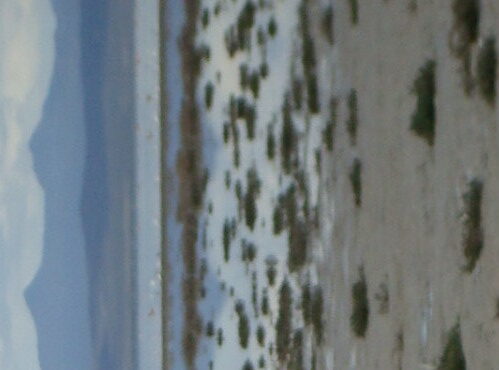
Lagoon Llancanelo – the shady Tamarind tree threatens waterbirds
-
International Waterbird Census
-
Species
In the past Lagoon Llancanelo, in the Mendoza province of western Argentina, was home to the Huarpe Indians. Huarpe means ‘sandy ground’ or ‘desert country’, which tells us something about the surroundings of Lagoon Llacanelo. The saline lake is situated on a large salt crust, in a semi-desert environment. The Huarpe Indians were originally fishermen and hunters. Until the lake was protected in 1980, it was busily frequented by hunters and fishermen.
The wetland of Llancanelo covers a vast area, of about 650 km² and accomodates a wealth of biodiversity. It hosts more than 150,000 waterbirds during the summer of at least 74 species, including 15 Nearctic migratory species, 24 regularly nesting and two endangered species. This lagoon is a critical habitat for the Chilean Flamingo, which breed in colonies totalling 10,000 birds. This site has been covered by the Neotropical Waterbird Census since 1990, when more than 53,000 waterbirds were counted in a single survey.
This rich and biodiverse lagoon is, however, threatened by the Tamarind tree, which was introduced in 1962 to provide shade to the people living in the area. The Tamarind is estimated to cover about 100 hectares of the lagoon, and yearly expands with 15 to 18 hectares. With its large water extraction, the tree has caused significant changes to the ecology of the lagoon. Meadows have sunk along the lagoon, and the habitat has changed, negatively affecting wetlands and waterbirds.
Llancanelo has been a Ramsar site since 1995. Together with the local population efforts have been made to restore the site, by fighting the Tamarind expansion. Would you like to know how you can help our efforts to restore and protect waterbirds and wetlands worldwide? This year we are celebrating the 50th International Waterbird Census (IWC). We have launched a year long campaign to celebrate this and take actions.
Photo © Daniel Blanco
